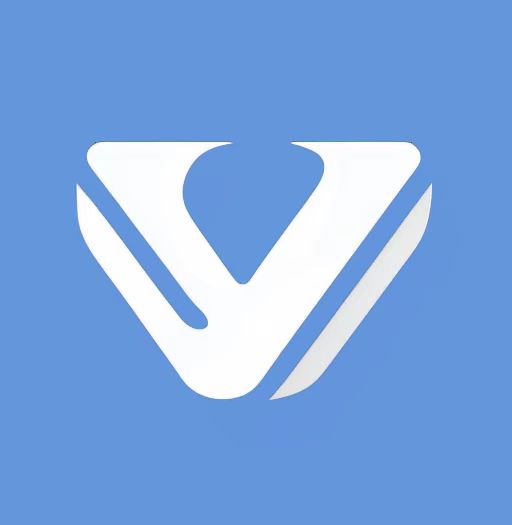कस्टम गारमेंट फैक्ट्री चुनने के लिए शीर्ष 5 संकेतक
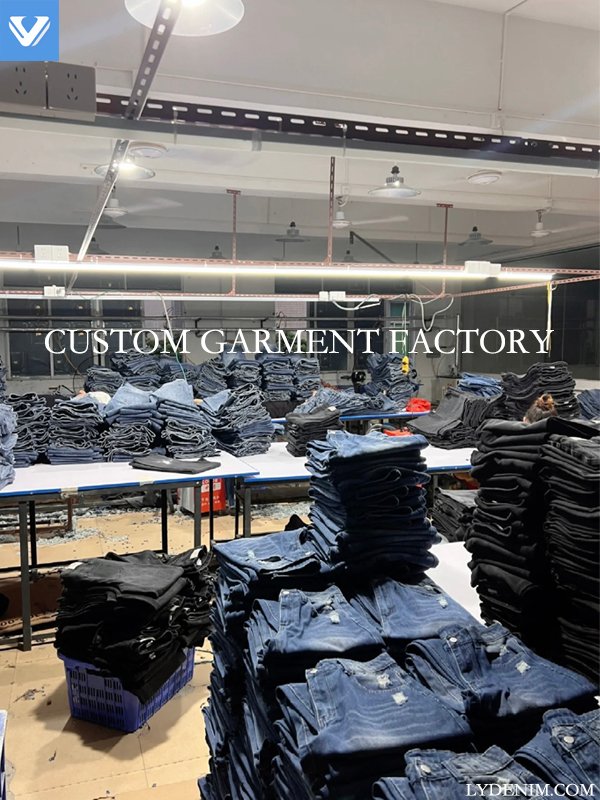
अनुमानित पढ़ने का समय: ~3 मिनट
परिचय
उच्च-गुणवत्ता वाले परिधान बनाने का लक्ष्य रखने वाले फ़ैशन ब्रांड्स और स्टार्टअप्स के लिए सही कस्टम गारमेंट फ़ैक्टरी चुनना बेहद ज़रूरी है। एथलीज़र और टिकाऊ सामग्रियों जैसे रुझानों के चलते, कस्टम गारमेंट बाज़ार साल-दर-साल 40% की दर से बढ़ रहा है, ऐसे में सही पार्टनर का चुनाव आपके ब्रांड की प्रतिष्ठा, लाभप्रदता और स्केलेबिलिटी को आकार दे सकता है। यह गाइड इस बारे में जानकारी देती है। 5 प्रमुख संकेतक कस्टम गारमेंट फैक्ट्री चुनते समय मूल्यांकन करने से आपको खराब गुणवत्ता या देरी से डिलीवरी जैसी परेशानियों से बचने में मदद मिलेगी।
इन संकेतकों पर ध्यान केंद्रित करके, ब्रांड उन निर्माताओं के साथ जुड़ सकते हैं जो छोटे बैच उत्पादन से लेकर नैतिक सोर्सिंग तक, विशिष्ट आवश्यकताओं को पूरा करते हैं। आंकड़े बताते हैं कि स्पष्ट अनुबंधों सहित सुव्यवस्थित साझेदारियाँ, आपूर्तिकर्ता-निर्माता संघर्षों को 62% तक कम करती हैं। चाहे नई लाइन शुरू करना हो या परिचालन का विस्तार करना हो, ये कारक अनुपालन और ग्राहक संतुष्टि सुनिश्चित करते हैं।
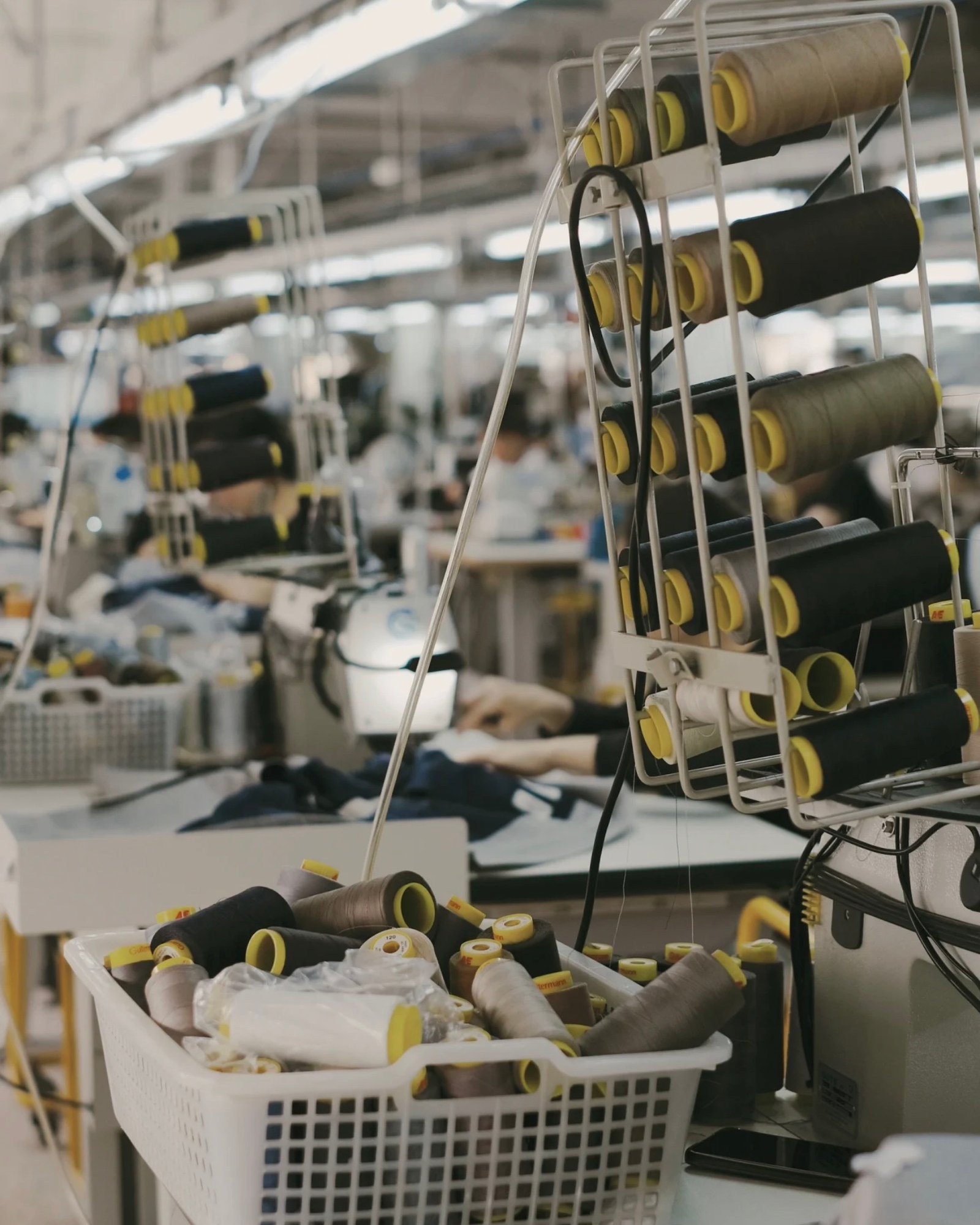
कस्टम परिधान कारखाना
कस्टम गारमेंट फैक्ट्री चुनने की मूल बातें समझना
कस्टम गारमेंट फ़ैक्टरी चुनने की शुरुआत आपके ब्रांड की ज़रूरतों, जैसे उत्पादन की मात्रा, सामग्री की पसंद और समय-सीमा को परिभाषित करने से होती है। निर्माता आमतौर पर तीन श्रेणियों में आते हैं:
- कट-मेक-ट्रिम (सीएमटी): असेंबली की आवश्यकता वाले कस्टम डिजाइन के लिए आदर्श।
- पूर्ण पैकेज उत्पादन (एफपीपी): डिजाइन से लेकर डिलीवरी तक, संपूर्ण सेवाएं प्रदान करता है।
- मूल डिजाइन विनिर्माण (ODM): पूर्व-डिज़ाइन, अनुकूलन योग्य आइटम प्रदान करता है।
स्टार्टअप अक्सर कम उत्पादन क्षमता वाली फैक्ट्रियों को प्राथमिकता देते हैं। न्यूनतम आदेश मात्रा (MOQs)जैसे, घरेलू निर्माताओं के लिए 50-100 इकाइयाँ या विदेशी निर्माताओं के लिए 500-1000+ इकाइयाँ। संभावित कारखानों की पहचान के लिए ऑनलाइन प्लेटफ़ॉर्म और निर्देशिकाओं का उपयोग करें, लेकिन स्ट्रीटवियर या सस्टेनेबल फ़ैशन जैसे आपके विशिष्ट क्षेत्र से मेल खाने के लिए पूरी तरह से जाँच-पड़ताल करना ज़रूरी है।

कस्टम गारमेंट फैक्ट्री का चयन
कस्टम गारमेंट फैक्ट्री चुनने के लिए 5 प्रमुख संकेतक
एक सूचित निर्णय लेने के लिए, कस्टम परिधान फैक्ट्री का चयन करते समय इन पांच महत्वपूर्ण संकेतकों का मूल्यांकन करें:
- गुणवत्ता आश्वासन और प्रमाणन
- जैसे प्रमाणपत्र प्राप्त करें आईएसओ 9001 (गुणवत्ता प्रबंधन) या लपेटना (नैतिक विनिर्माण)।
- सुसंगत सिलाई, फिट और फिनिश को सत्यापित करने के लिए नमूनों का अनुरोध करें।
- मज़बूत गुणवत्ता नियंत्रण (QC) प्रक्रियाएँ दोषों को कम करती हैं, जिससे उच्च वापसी दर प्राप्त हो सकती है। उद्योग के आँकड़े दर्शाते हैं कि सटीक शिल्प कौशल अपशिष्ट को कम करता है और स्थायित्व को बढ़ाता है।
- उत्पादन क्षमता और MOQ लचीलापन
- सुनिश्चित करें कि कारखाना विकास के लिए स्केलेबल विकल्पों के साथ आपके उत्पादन की मात्रा को संभाल सकता है।
- छोटे बैच का उत्पादन (50-100 इकाइयां) स्टार्टअप्स के लिए उपयुक्त है, जबकि बड़े कारखाने अधिकतम ऑर्डरों का कुशलतापूर्वक प्रबंधन करते हैं।
- सामान्य लीड समय सीमा होती है 4-12 सप्ताह थोक ऑर्डर के लिए.
- लागत-प्रभावशीलता और मूल्य निर्धारण संरचना
- सामर्थ्य और गुणवत्ता में संतुलन बनाए रखें - सबसे कम कीमतों से बचें, क्योंकि इससे मानकों पर समझौता हो सकता है।
- स्वस्थ लाभ मार्जिन सुनिश्चित करने के लिए कपड़े, श्रम और शिपिंग की लागत का विश्लेषण करें।
- पारदर्शी मूल्य निर्धारण से लाभप्रदता बढ़ती है, क्योंकि अध्ययनों से पता चलता है कि गुणवत्ता के साथ-साथ लागत-प्रभावशीलता को प्राथमिकता देने से वित्तीय सफलता बढ़ती है।
- नैतिक आचरण और स्थिरता
- ऐसे कारखाने चुनें जिनमें निष्पक्ष व्यापार या बी कॉर्प प्रमाणन, जैविक कपास या पुनर्नवीनीकृत कपड़े जैसी पर्यावरण अनुकूल सामग्री का उपयोग करना।
- जल-आधारित स्याही जैसी टिकाऊ प्रथाएं जागरूक उपभोक्ताओं को आकर्षित करती हैं और पर्यावरणीय प्रभाव को कम करती हैं।
- नैतिक सोर्सिंग बाजार के रुझान के अनुरूप होती है, जिससे ब्रांड की अपील बढ़ती है।
- संचार और विश्वसनीयता
- उत्तरदायी ग्राहक सेवा और स्पष्ट समयसीमा वाले कारखानों को प्राथमिकता दें।
- विश्वसनीयता की पुष्टि के लिए ग्राहक समीक्षाओं और संदर्भों की जांच करें।
- समय पर परिवहन और समस्या समाधान से देरी कम हो जाती है, जो स्टार्टअप चुनौतियों को प्रभावित करती है।
इन संकेतकों के आधार पर कारखानों को स्कोर करके, आप अपने विकल्पों को कुशलतापूर्वक सीमित कर सकते हैं।
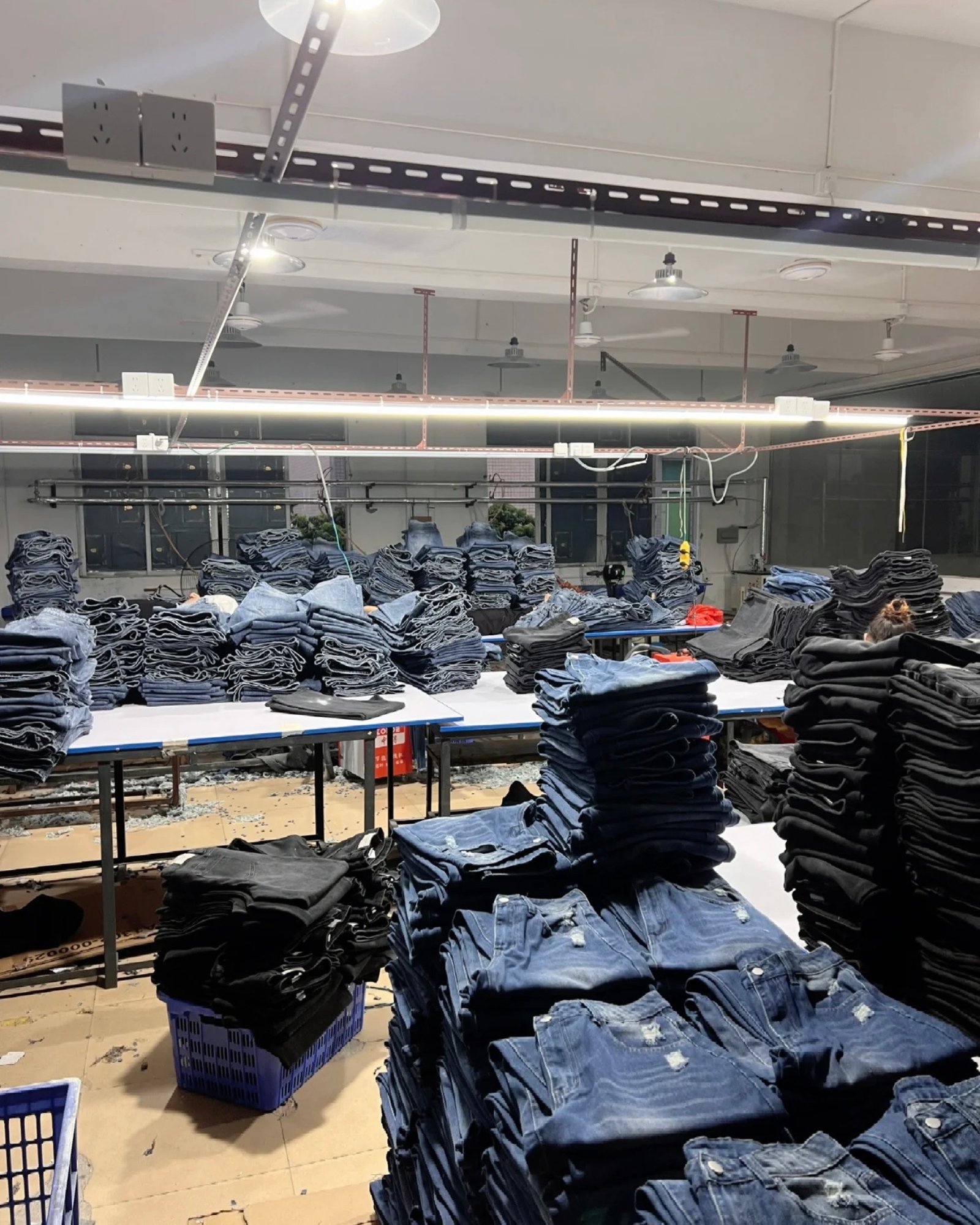
की गारमेंट फैक्ट्री
अपनी चयन प्रक्रिया में इन संकेतकों को लागू करना
सही फैक्ट्री चुनने के लिए इन चरणों का पालन करें:
- एक चेकलिस्ट बनाएं: संभावित कारखानों का मूल्यांकन करने के लिए पांच संकेतकों का उपयोग करें।
- प्रस्ताव का अनुरोध करें: उम्मीदवारों की सूची बनाएं और विस्तृत प्रस्ताव मांगें।
- वर्चुअल टूर या साक्षात्कार आयोजित करें: परिचालन का मूल्यांकन करें और लेखापरीक्षा के माध्यम से स्थिरता का सत्यापन करें।
- नमूना आदेश के साथ परीक्षण करें: विश्वसनीयता का मूल्यांकन करने के लिए टर्नअराउंड समय (आमतौर पर 2-6 सप्ताह) की निगरानी करें।
- विविधीकरण विकल्प: जोखिमों को कम करने के लिए घरेलू (तेज शिपिंग, बेहतर श्रम मानक) और विदेशी (कम लागत) निर्माताओं के बीच संतुलन बनाएं।
कस्टम डेनिम उत्पादन या नैतिक सोर्सिंग के बारे में जानकारी के लिए, जैसे संसाधनों का अन्वेषण करें lydenim.com.
सही कस्टम गारमेंट फैक्ट्री चुनने के लाभ
इन संकेतकों के आधार पर फैक्ट्री का चयन करने से महत्वपूर्ण लाभ मिलते हैं:
- न्यूनतम जोखिम: घटिया उत्पादों से बचें, जो परिधान में ग्राहकों के दावों का 39% हिस्सा होते हैं।
- बढ़ी हुई ब्रांड निष्ठा: उच्च गुणवत्ता वाले, नैतिक उत्पाद स्थिरता के प्रति जागरूक उपभोक्ताओं को आकर्षित करते हैं, जिससे बिक्री बढ़ती है।
- लागत क्षमता: मजबूत साझेदारियां स्पष्ट अनुबंधों के माध्यम से पुनः कार्य को कम करती हैं, लागत और विवादों में 62% तक की कटौती करती हैं।
- मापनीयता: सही फैक्टरी विकास को बढ़ावा देती है, जिससे ब्रांडों को एथलीजर जैसे रुझानों से लाभ उठाने में मदद मिलती है।
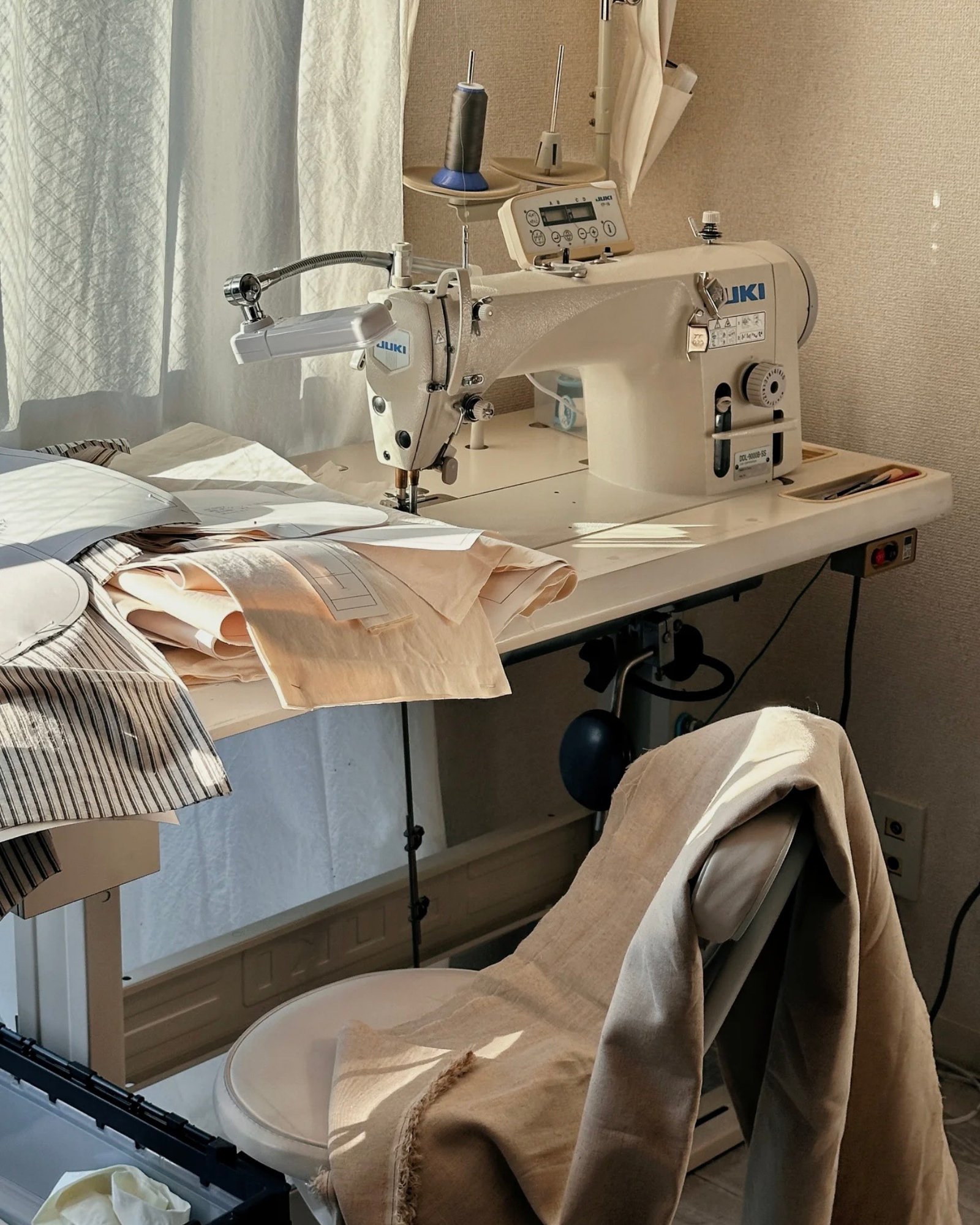
सही कस्टम गारमेंट फैक्ट्री चुनने के लाभ
सामान्य चुनौतियाँ और समाधान
कस्टम परिधान फैक्ट्री चुनते समय आपको इन चुनौतियों का सामना करना पड़ सकता है:
- स्टार्टअप्स के लिए उच्च MOQ: कम MOQ (50-100 यूनिट) वाले घरेलू या लचीले निर्माताओं का चयन करें।
- विदेशी कारखानों में भाषा संबंधी बाधाएँ: स्पष्टता सुनिश्चित करने के लिए विस्तृत अनुबंधों का उपयोग करें।
- लागत में वृद्धि: खर्चों का प्रबंधन करने के लिए मात्रा छूट पर बातचीत करें।
- नैतिक चिंताएँ: प्रमाणित विकल्पों की तलाश करें निष्पक्ष व्यापार या बी कॉर्प साख।
कस्टम गारमेंट फैक्ट्री चुनने पर अक्सर पूछे जाने वाले प्रश्न
कस्टम परिधान कारखानों के मुख्य प्रकार क्या हैं? सीएमटी (बेसिक असेंबली), एफपीपी (पूर्ण सेवाएं), और ओडीएम (अनुकूलन योग्य पूर्व-डिज़ाइन आइटम)।
कस्टम परिधान कारखाने में नैतिक प्रथाओं को प्राथमिकता क्यों दी जाए? नैतिक आचरण निष्पक्ष श्रम और स्थिरता सुनिश्चित करते हैं, उपभोक्ताओं को आकर्षित करते हैं और जोखिम कम करते हैं। बी कॉर्प जैसे प्रमाणन प्रमुख संकेतक हैं।
उत्पादन क्षमता कस्टम परिधान फैक्ट्री के चयन को कैसे प्रभावित करती है? यह मापनीयता निर्धारित करता है। बेमेल क्षमता देरी का कारण बन सकती है, जिसमें MOQ 50-100 (घरेलू) से लेकर 500+ (विदेशी) तक हो सकता है।
अतिरिक्त संसाधन
- आंतरिक मार्गदर्शिकाएँ: अन्वेषण करना टिकाऊ कपड़ा सोर्सिंग और परिधान उत्पादन युक्तियाँ अधिक जानकारी के लिए.
- बाह्य संसाधन: मिलने जाना आईएसओ मानक प्रमाणन विवरण के लिए या lydenim.com कस्टम डेनिम उत्पादन युक्तियाँ के लिए.
निष्कर्ष
इनका उपयोग करके एक कस्टम परिधान फैक्ट्री का चयन करना 5 प्रमुख संकेतक उच्च-गुणवत्ता वाले उत्पाद, नैतिक आचरण और व्यावसायिक वृद्धि सुनिश्चित करता है। प्रतिस्पर्धी फ़ैशन उद्योग में अपने ब्रांड की सफलता के लिए एक मज़बूत आधार तैयार करने हेतु आज ही फ़ैक्टरियों का मूल्यांकन शुरू करें।
LYDENIM द्वारा अनुकूलन सेवाएँ
क्या आप बेहतरीन बनावट और टिकाऊपन वाले प्रीमियम कपड़ों का सपना देख रहे हैं? LYDENIM उच्च-गुणवत्ता वाले वस्त्रों और विशेष रूप से डिज़ाइन किए गए परिधान समाधानों में विशेषज्ञता रखता है, जो आपको रचनात्मक विचारों को सटीकता और शैली के साथ वास्तविकता में बदलने में मदद करता है।
🎨 कस्टम कपड़े
LYDENIM की प्रीमियम सामग्रियों से अपना खुद का फ़ैब्रिक कलेक्शन डिज़ाइन करें। शानदार कॉटन ब्लेंड से लेकर नए-नए पर्यावरण-अनुकूल कपड़ों तक, ऐसे रंगों, बुनाई और फ़िनिश का अनुभव करें जो आपके ब्रांड या डिज़ाइन विज़न से पूरी तरह मेल खाते हों। विजिट करें लिडेनिम अधिक जानने के लिए.
🛍️ सिलवाया परिधान समाधान
हमारी कस्टम गारमेंट सेवाओं के साथ अपने डिज़ाइनों को जीवंत बनाएँ। चाहे वह टेलर्ड सूट हों, स्टाइलिश ड्रेस हों या टिकाऊ वर्कवियर, हम परफेक्ट फिटिंग, बेहतरीन आराम और टिकाऊ क्वालिटी सुनिश्चित करते हैं। कस्टमाइज़ेशन विकल्पों को यहाँ देखें। मायलीबाबा.
📩 संपर्क करें
क्या आपके मन में कोई प्रोजेक्ट है? हमारी टीम से संपर्क करें malone@lydenim.com कस्टम फैब्रिक्स, परिधान डिजाइन या टिकाऊ वस्त्र समाधान पर चर्चा करने के लिए।
LYDENIM के साथ अपने विचारों को वास्तविकता में बदलें - नवीन, उच्च गुणवत्ता वाले कपड़ों और विशिष्ट परिधान समाधानों के लिए आपका विश्वसनीय भागीदार।
